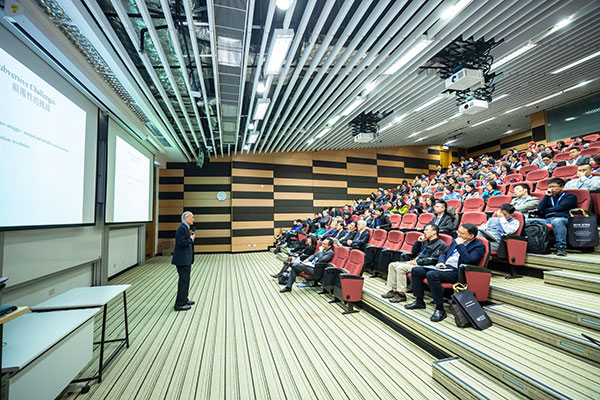
It is essential for firms to manage their tacit knowledge resources.
What’s a company’s most valuable asset? It isn’t raw materials, computers, or any other type of physical asset. Most firms would say it’s their people. That’s not some jingoistic view of corporate culture, though.
People drive decisions, develop business relationships, and make purchases. The difference between a company that’s thriving and one that’s struggling is often the quality of the people who run it, as well as those whom they’ve hired.
But it’s not only the people, their work ethic or their skills that make a business successful. No doubt, those are important. However, one often overlooked aspect of employees is their knowledge. That could mean knowledge of how to perform a certain set of tasks, but it’s also knowledge about how to execute those tasks in the context of the company culture.
In other words, it’s their internal knowledge of how things work in the company, how to get things done the way the firm needs them to be done, and how to get resources. This is known as tacit knowledge.
This type of internal knowledge only comes from experience working in the company, and it’s not something that can be replaced should the person leave for any reason.
That means that it’s essential for firms to manage their tacit knowledge resources wisely in order to ensure better decision making, better access to and sharing of essential information, and better business results, ultimately.
Knowledge management is a deep and broad field, and there are a number of approaches to effectively manage internal knowledge resources. Let’s take a closer look at two of the approaches that Zenvoy specifically supports.
Expertise Location
One challenge organizations frequently have is connecting people who need a specific expertise to those who have that expertise. This is particularly challenging in organizations that are spread geographically.
Although communications technologies make it easy to reach them, it’s not always easy to identify them within the standard corporate personnel directory, which often doesn’t have more detail than a name and job title.
Zenvoy, on the other hand, does all the work of matching people with needs to people who can fulfill them. And it does this all automatically using algorithms.
All workers need to do is specify to Zenvoy what they’re looking for, and the system will do the rest, including introducing them to each other! This helps ensure that people get the knowledge resources they need when they need them.
Creating Communities of Practice
Communities of practice are groups of people with common interests, who come together to discuss challenges, opportunities, and more. With digital communications technologies, these have been a lot easier to build within organizations.
However, a lot of the time, these technologies face low adoption rates. People are busy with their day to day duties, and often don’t have time to contribute. That or they become too noisy with multiple channels to follow, monitor, and participate in.
Zenvoy does away with these barriers to adoption by making all communities opt-in by default, allowing users to choose the frequency of communications, and allowing users to refine what they receive with feedback.
By empowering users in this way, our typical communities see a 20 – 40 percent adoption rate, signifying active participation as well as a high level of resource exchange.
These are just two ways in which Zenvoy helps organization manage internal knowledge resources. Want to learn more? Schedule a demo to discuss how Zenvoy can help your organization improve its knowledge management practices.



